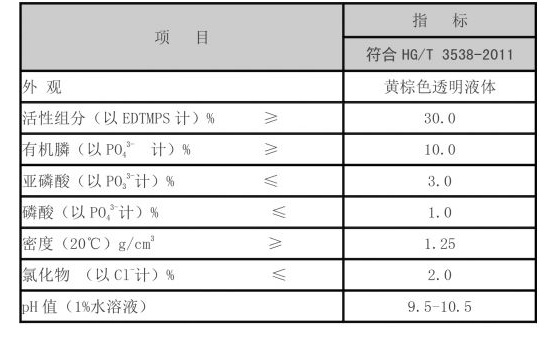Polyacrylamide Flocculants for Effective Water Treatment Solutions and Applications
Polyacrylamide Flocculant in Water Treatment An Overview
Water treatment is a critical process in ensuring safe and clean water for both industrial and domestic uses. Among the various methods employed in water treatment, the use of flocculants plays a significant role in enhancing the efficiency of sedimentation and removing suspended solids from water. One of the most commonly used flocculants is polyacrylamide (PAM), a synthetic polymer that has gained popularity due to its effectiveness and versatility in various water treatment applications.
Polyacrylamide is produced through the polymerization of acrylamide monomers. Depending on the specific formulation, PAM can be anionic, cationic, or nonionic, each variant having distinct properties that make it suitable for different types of water treatment processes. Anionic polyacrylamide is particularly effective in treating wastewater rich in positively charged particles, while cationic polyacrylamide is used for applications involving negatively charged pollutants. Nonionic polyacrylamide finds its place in neutral conditions where no charge imbalance is present.
The primary action of polyacrylamide in water treatment is flocculation, a process that involves the aggregation of fine particles into larger clusters or flocs. These flocs are heavy enough to settle at the bottom of a sedimentation tank or be easily filtered out, thereby clarifying the water. The mechanism behind flocculation with PAM is based on charge neutralization and bridging. PAM molecules attach to the particles, neutralizing charges and allowing them to come together to form larger aggregates.
One of the significant advantages of using polyacrylamide as a flocculant is its ability to improve the settling rates of suspended solids. This results in a more efficient wastewater treatment process, reducing the time and energy required for sedimentation. In addition, PAM can help to reduce the amount of sludge produced during treatment, leading to lower disposal costs and minimizing environmental impact.
polyacrylamide flocculant water treatment

Moreover, polyacrylamide can enhance the overall quality of treated water by removing contaminants like oils, greases, heavy metals, and organic compounds. Its effectiveness in various pH and temperature ranges makes it suitable for a wide array of applications, from municipal wastewater treatment to industrial processes in sectors like mining, paper manufacturing, and oil recovery.
However, while polyacrylamide is highly effective, its use raises environmental concerns, especially concerning its biodegradability. PAM can break down into acrylamide, a substance that may pose toxicity risks to aquatic organisms. Therefore, careful management of its application and concentration is essential. Researchers and industry professionals are continuously seeking safer alternatives and improved formulations of PAM that would reduce these environmental risks while maintaining its flocculating capabilities.
The future of polyacrylamide flocculants in water treatment looks promising as technological advancements in polymer chemistry may yield new formulations that are more environmentally friendly. Additionally, ongoing research into the optimization of PAM use could lead to more efficient water treatment processes that balance effectiveness with ecological safety.
In conclusion, polyacrylamide flocculants are vital tools in modern water treatment, helping to enhance sedimentation, reduce sludge, and improve water quality. Despite the challenges posed by environmental concerns, their versatility and efficiency make them a staple in the industry. As research progresses, the potential for safer and more effective applications of polyacrylamide in water treatment continues to grow, paving the way for more sustainable practices in the quest for clean water.
-
Water Treatment with Flocculant Water TreatmentNewsJun.12,2025
-
Polymaleic AnhydrideNewsJun.12,2025
-
Polyaspartic AcidNewsJun.12,2025
-
Enhance Industrial Processes with IsothiazolinonesNewsJun.12,2025
-
Enhance Industrial Processes with PBTCA SolutionsNewsJun.12,2025
-
Dodecyldimethylbenzylammonium Chloride SolutionsNewsJun.12,2025





